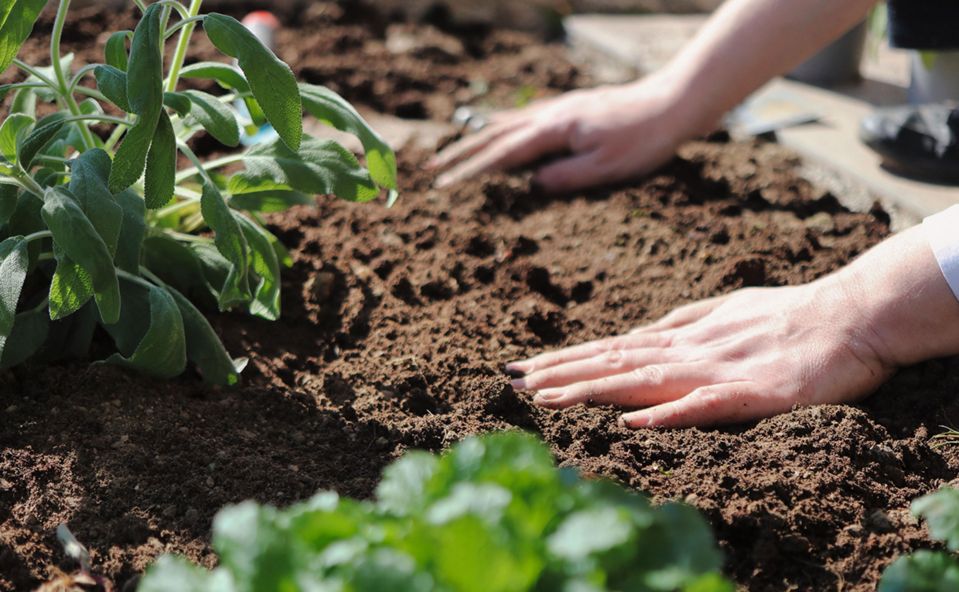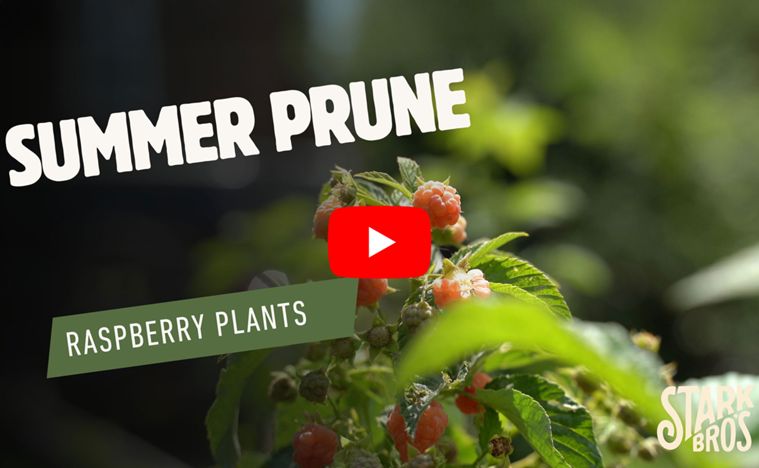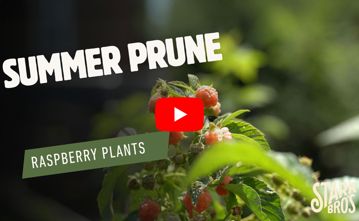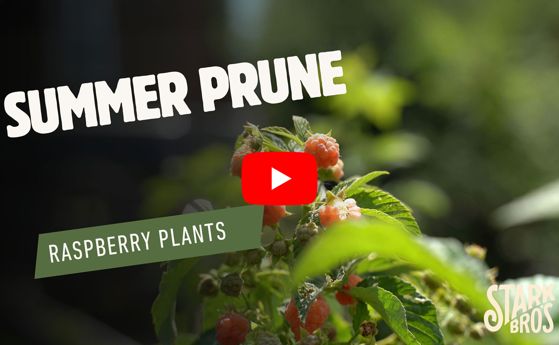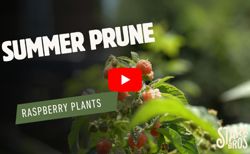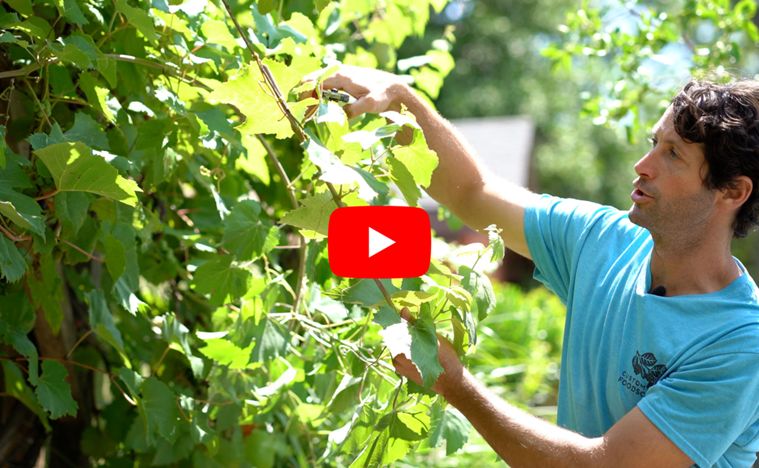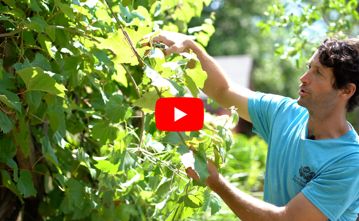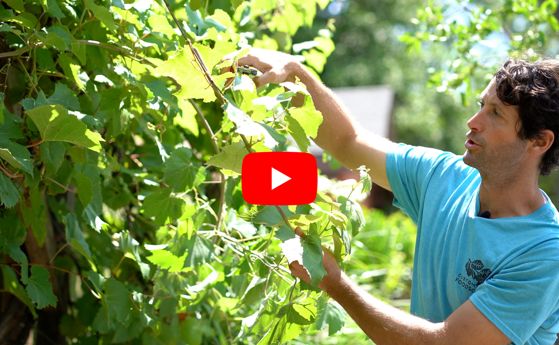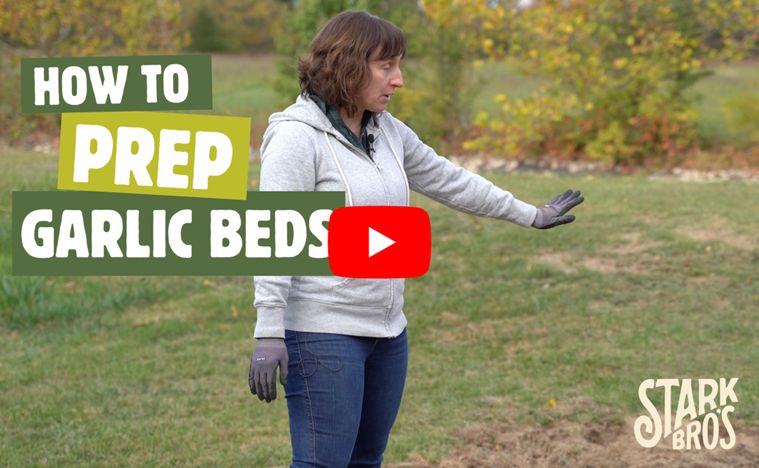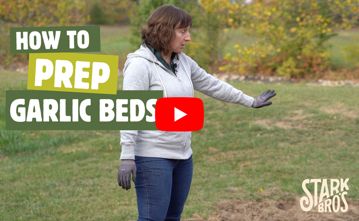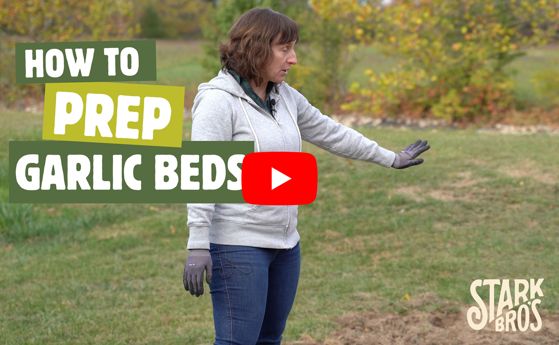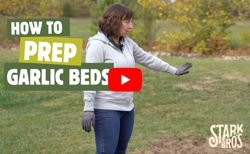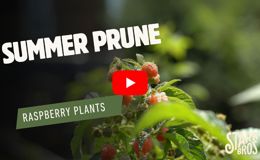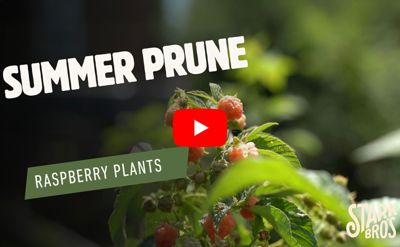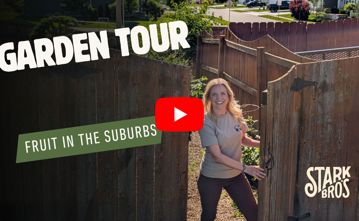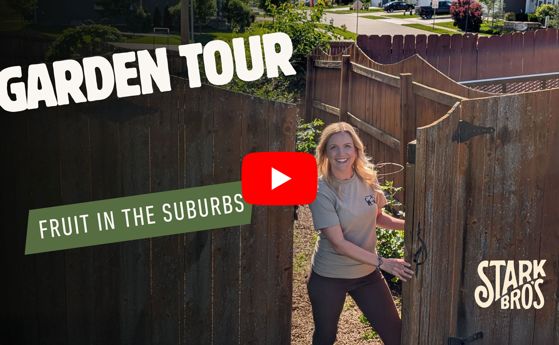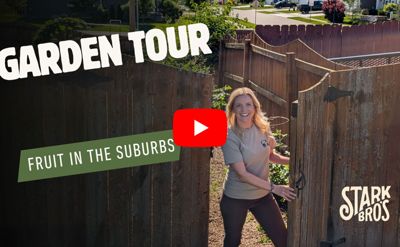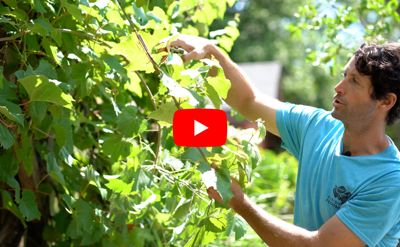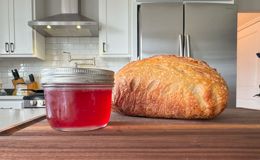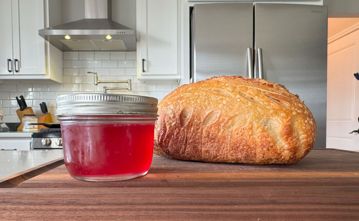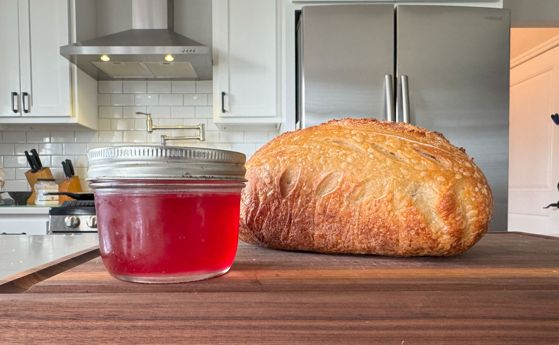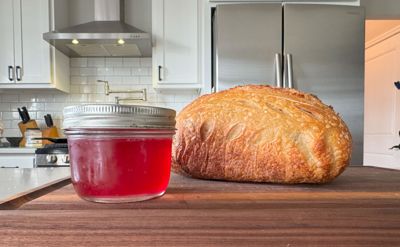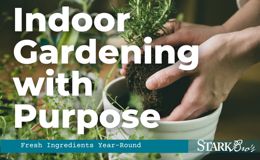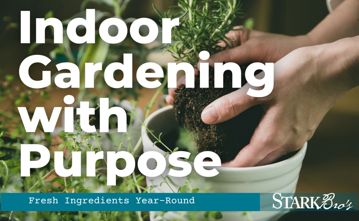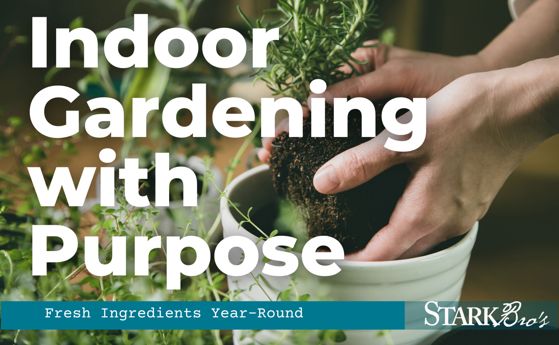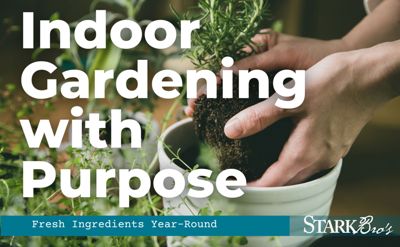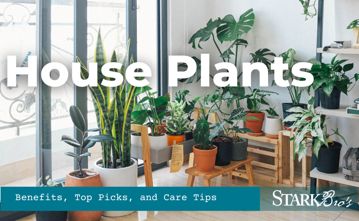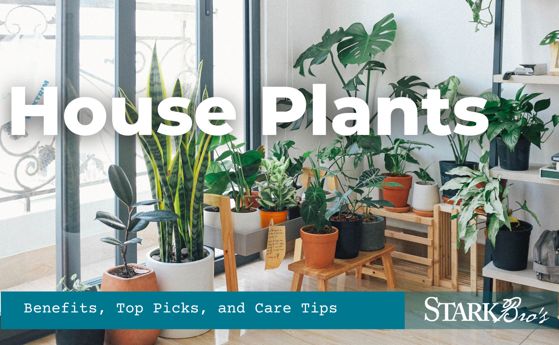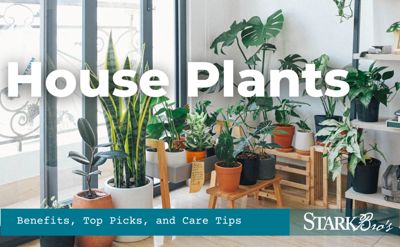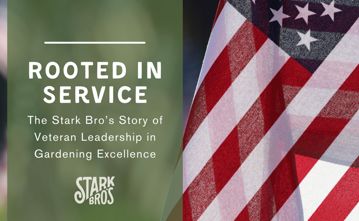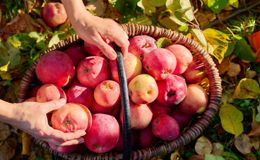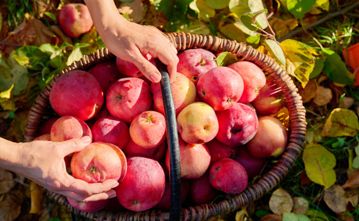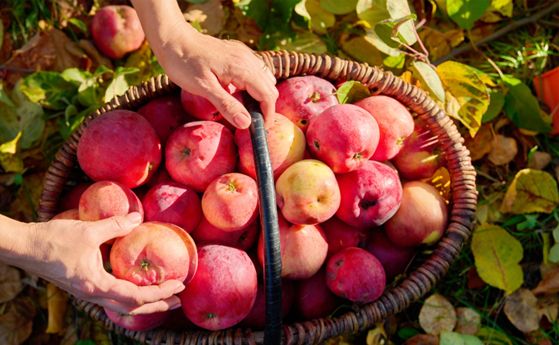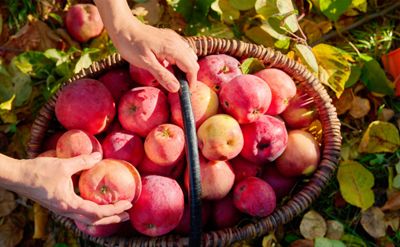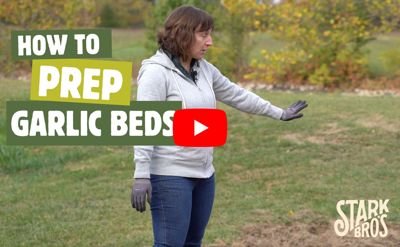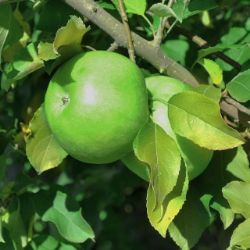Soil Health
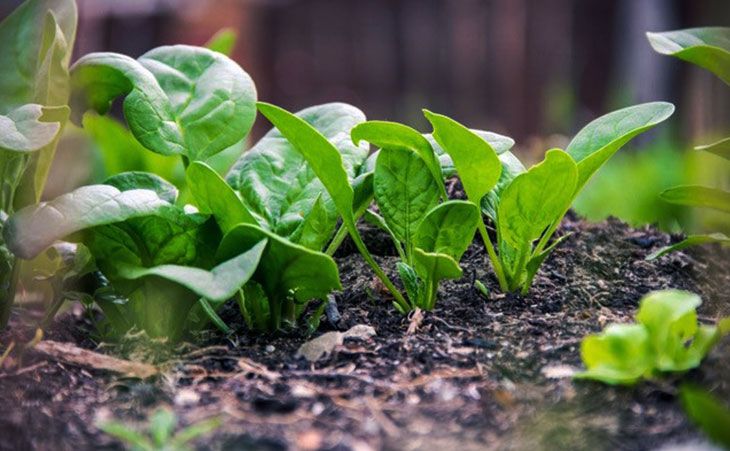
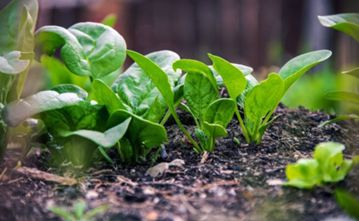
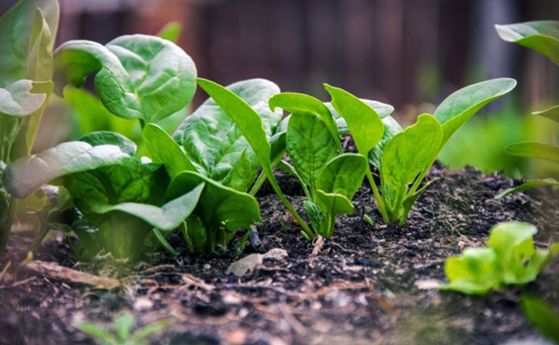
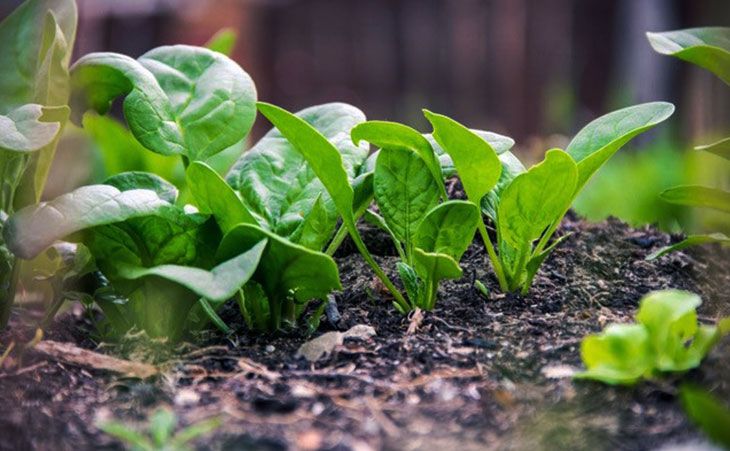
Healthy soil is critical to your crop yield, the size of the produce, and the hardiness and health of the tree or plant itself. Healthy soil looks healthy; it’s dark, rich and crumbly. If your soil is pale, it lacks organic matter, which is the key to great soil health. You can probably tell — without even looking your soil —whether it’s healthy or not. If your yields are slim and the produce is smaller than it should be, your soil needs a boost.
Organic gardening is especially dependent upon healthy soil to feed what’s planted in it, because no artificial growth-spurt chemicals are being supplied to it. In order to sustain the viability of the garden and provide the maximum amount of nutrition through its produce, the goal should be to create and maintain healthy soil.
Know what you’re dealing with
Before you do anything, get a professional soil test done to find out exactly what type of soil you have, and what your soil needs (or doesn’t need). It costs a little, but ultimately, a good soil test will save time, money and the local environment, and the food you grow will be denser in nutrients. It’s really worth it.
For a rudimentary do-it-yourself sense of your soil composition, you can do the jar test. If you’re ready for a serious analysis, you can send samples to a lab. Not all labs are created equal, however; most of them will do a basic test geared for farmers, with recommendations geared toward monoculture growing (300 acres of corn and nothing else). You want an edible-garden analysis with a micronutrient and organic-matter assessment.
There are many soil labs, most of which focus on N-P-K and pH and will recommend conventional fertilizers/amendments to adjust your soil condition. If you are an organic gardener, be sure you select a lab that will supply recommendations for organic and micronutrient analysis and amendments; not all do.
What is ideal soil?
In a perfect garden, the soil will be comprised of:
45% mineral content (silt, clay and/or sand)
5% organic matter
25% water
25% air
It will also contain macronutrients and micronutrients, described below.
Macronutrients and micronutrients
You’re probably familiar with N-P-K (nitrogen, phosphorus and potassium), the most common macronutrients:
- Nitrogen is for growth, tissue development and greening
- Phosphorus is for root and bloom development
- Potassium (also called potash) regulates the strength of the plants immune system and metabolism
Sulfur is also considered a macronutrient, even though only small amounts are needed. Sulfur helps form critical enzymes, lowers pH and helps the development of vitamins and roots.
Micronutrients include the following, and are only needed in trace amounts:
Boron
Chloride
Copper
Iron
Manganese
Molybdenum
Zinc
Three other very important soil attributes are pH, base saturation and CEC. While we don’t want to get overly scientific here, it’s important to understand the relationship of the elements in your soil. Poor crop yields and produce quality are almost always the result of imbalanced soil.
Your soil pH will fall on a spectrum from acid soil (low pH number) to alkaline soil (high pH number). While most gardening books recommend a pH of 7 (neutral) for home growers, 6.4 actually produces a higher yield with more nutrient-dense food.
Base saturation includes the relative amounts of calcium, potassium, magnesium, sodium and hydrogen revealed in a soil test. Ideal amounts are:
Calcium: 68% to 72%, depending upon the amount of sand or clay present
Potassium: 2%-4%; 6% is considered very good
Magnesium: for clay, 12%; for sandy soil, 16%-20%
Sodium: .5%-3%
Hydrogen: Keeping the soil pH in the mid-6 range will automatically take care of the soil’s hydrogen needs
CEC stands for Cation Exchange Capacity. This number will tell you how well your soil retains and provides food to what you’re growing. A ideal CEC range is in the 20s-30s, meaning there is a great deal of organic matter in the soil. Sandy soil will be lower (because it can’t “hold on” as well due to its physical structure) and clay soil will be in the teens.
How to fix unhealthy soil
The poor soil in the photo is severely lacking in organic matter (humus). The dark soil is rich in humus, which retains water and is full of beneficial microorganisms and trace minerals. The darker your soil is, the better.
Once you have your soil test results, you can add exactly what’s missing — and there will be elements missing, most likely in the mineral category. The worst thing you can do is fill up your trunk or truck bed with bags of nutrients and minerals and start indiscriminately dumping them on your garden. The more, the better, right? That couldn’t be more wrong. The symbiotic relationship between air, organic matter, minerals and nutrients is delicate and precise. When you upset that balance, your garden — and its crops — pay the price.
Here’s a list of ways to help your soil be its best, whether you use a lab or not:
- Stop overtreating. Excessive use of synthetic fertilizer salts and pesticides kill the good organisms and encourage more pathogenic activity.
- Feed the soil. This means contributing “probiotic” materials that actually feed the good fungi and bacteria in your soil. These will be natural/organic things like insecticidal soap, beneficial insects and dormant oil for pests, and sea kelp/seaweed, well-composted manure, powdered limestone, fireplace ashes and fish emulsion for nutrients and minerals. Always use the recommended amounts according to what your soil needs; adding more will throw off the balance.
- Compost. Well-made compost is a boon to your garden’s soil health, and there really is no substitute for the microorganisms it will introduce. If earthworms start to inhabit your compost pile, all the better. Worm castings are among the best fertilizers on the plant. Start that compost pile today, if you don’t already have one.
- Use organic mulch vs. gravel or stones. It will eventually break down and contribute humus content to the soil.
- Stop trying to grow things that won’t grow in your area. Those trees and plants will always be stressed and will sap the life out of your soil just trying to survive. Weak, unhealthy soil will attract pathogens. Plant as many native plants as you can. A diverse array of perennials will also help feed the soil and contribute to its overall health.
- Stop tilling your soil; tilling disrupts the infrastructure of worms, mycorrhizae (good fungi) and air “pores” and damages soil health. It’s like bulldozing a building that’s taken years to construct. If you plant cover crops, just spade them and flip the shovelful upside down.
- Invest in a rain barrel. City/treated tap water wreaks havoc on your trees and plants with overuse, like during a drought. Save all the rainwater you can for your garden, as it is full of good minerals without the damaging chlorination found in tap water.
Once you get your soil in balance, you will see a noticeable difference in the quality and quantity of your crops, and you’ll never look at “dirt” the same way again!

